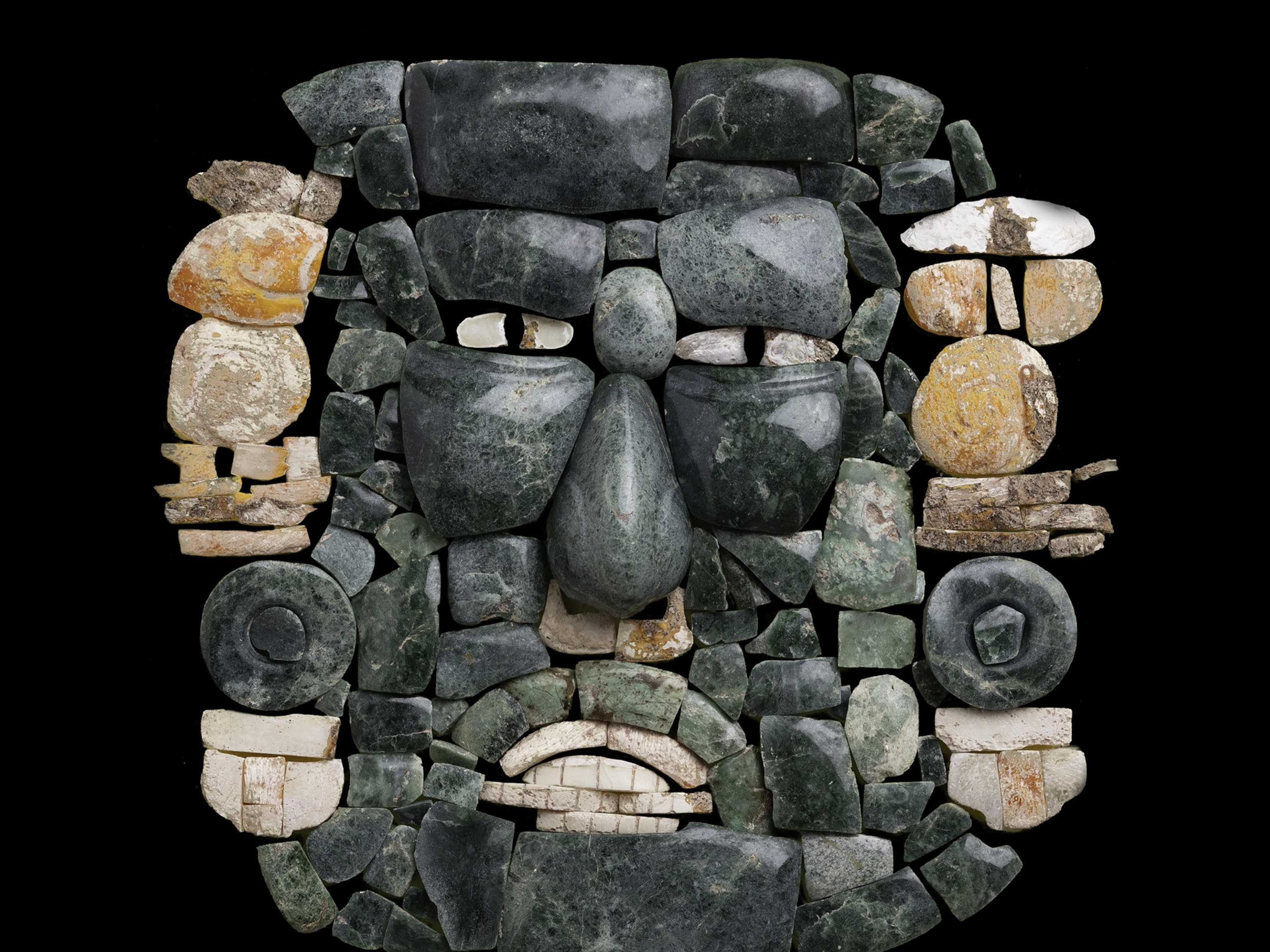This Cockroach Can Survive Anywhere—Its DNA Proves It
The hardy insects evolved to crawl through toxic environments and regrow broken limbs.
There are some creatures that endear their way into people's hearts. Cockroaches are not one of them.
The brown and round insects are notorious for living in inhospitable places and being difficult to get rid of. Now, scientists know a little bit more about just what makes them so hardy.
Researchers from the South China Normal University have sequenced their DNA, drilling down to the insects' essential building blocks. Their findings were published in the journal Nature Communications.
The researchers began by sequencing the DNA of several species of cockroach and found that American cockroaches, Periplaneta americana, have one of the largest known genome sequences of all insects, second only to locusts.
The DNA of Australian cockroaches and smokybrown cockroaches were also sequenced, and the researchers compared this with existing genetic information about German cockroaches and termites.
American cockroaches were found to be more genetically similar to some termite species than other cockroach species.
The finding coincides with research published early last month that concluded termites were more like cockroaches than we realized, just more social. Termites were even moved into the cockroach order Blattodea by the Entomological Society of America.
Cockroaches, however, have a unique set of genes that allows them to thrive almost anywhere.
For one, the American cockroach has an incredible sense of smell. Researchers found they have nearly twice as many olfactory receptors (OR) as other insect species.
"These expanded ORs could help P. americana to more easily detect traces (odors) of foods, especially fermenting foods, which the American cockroach prefers," the paper stated.
When researchers looked for gustatory receptors, or taste buds, they found the cockroach species contained more than 500. The ability to withstand a more varied diet could be one feature that helped the bugs adapt, the researchers hypothesized.
The researchers then drilled down into how cockroaches are particularly good at surviving in urban environments. They found the bugs have several genes that allow them to withstand toxic environments. American cockroaches have more enzymes to break down toxins and stronger immune systems.
The final, and perhaps most awe inspiring, characteristic the researchers found in the roach's DNA were genes responsible for re-growing broken limbs. Researchers systematically amputated the cockroaches' limbs and found they were often able to regrow, depending on the injury's severity. Genes in the American cockroach's DNA prompt wound healing and tissue regrowth. (In 2016, a study found Madagascar hissing cockroaches can grow bigger testicles when they need them.)





